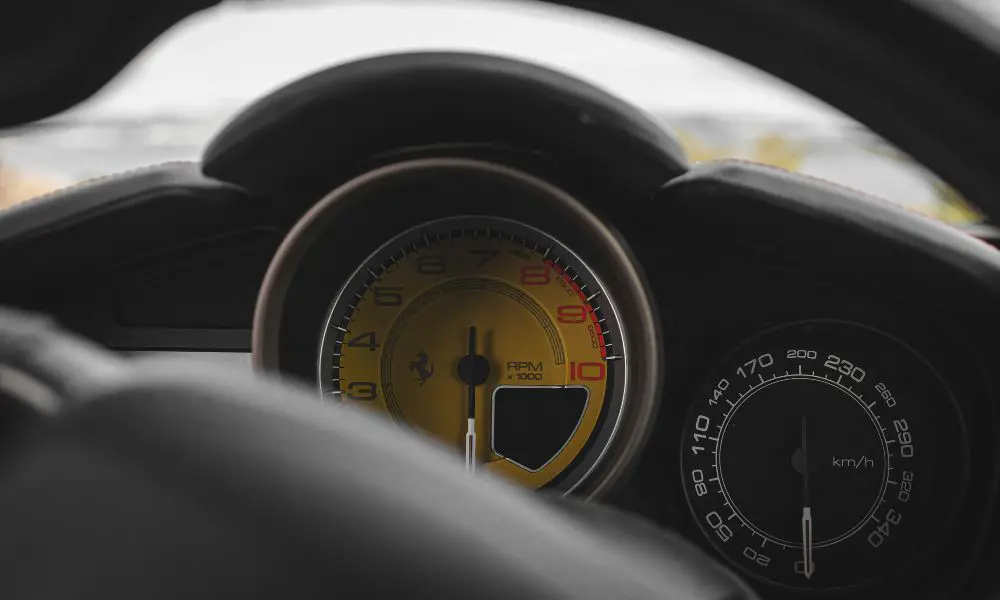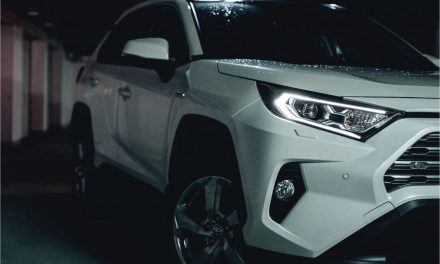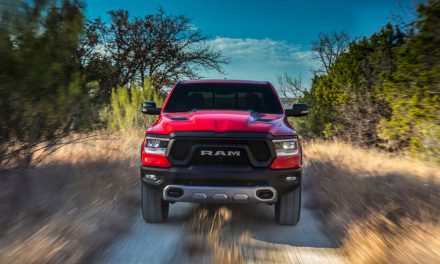Soft limiters are a necessary yet annoying feature in many cars nowadays, especially when equipped in performance-oriented sports cars that are being released nowadays. In the past, part of the fun of owning a high-powered and loud car was revving it at car meets, car shows, or just in your driveway to annoy your neighbors.
However, as soft limiters have become more prevalent in modern vehicles, we are left with a low idle purr from the exhaust as there is no way to reach anywhere close to the redline when at a standstill.
So why do soft limiters exist, and should we be worried about the future of performance cars?
Jump to:
Why do soft limiters exist?
Soft limiters are necessary for two groups: those who don’t understand why redlining a vehicle is bad and those who do and don’t care. When you push your engine so hard at a standstill (and without the load of moving forward), the engine can overheat, or the moving parts on the interior of the engine can rattle themselves apart, causing catastrophic damage to the engine.
Soft limiters electronically keep the engine from going over a certain RPM (revolutions per minute) at a standstill so the engine cannot overload.
When your needle gets to the chosen limit, it will slightly cut the gas flow from the engine, lowering the RPMs back down to the programmed limit.
While this can be annoying for people who understand why you shouldn’t redline a car but still want to rev it occasionally, it is necessary for the less experienced crowd so they don’t damage their vehicle.
What can happen if there is a hard limiter?

A hard limiter imposes an absolute limit that is not adaptable to the car’s speed. As such, it will lock up very quickly, giving a moment where power can be felt. This has many disadvantages:
- Several fast cars will adapt their gearbox to work with the engine to provide the best performance over various speeds. This means they cannot deliver full power at their optimum speed, which will mean losing traction and slower acceleration.
- A hard limiter can cause jerky gear changes as the car picks up speed, causing it to lose time both in terms of 0-60 times and in improving its position on the racetrack.
- The limiter effectively increases wear on the gearbox, causing more friction within it and wearing parts down more quickly.
Conclusion
So, a soft limiter gives full power for better acceleration but does not give a significant advantage in terms of top speed. A hard limiter means loss of performance at the optimum car speed. Therefore, you will lose out in terms of top speed and acceleration.
If a soft limiter is used, the only real advantage is reduced wear and tear on other parts, clutch plates, and gearbox components. This means that they are most likely found on cars with electronic gearboxes or those with significant investment in creating smooth power delivery.
As always, the choice of limiter will always be down to personal taste since some customers want maximum performance no matter what it takes. In contrast, others are more interested in the service interval or how their car feels to drive.





